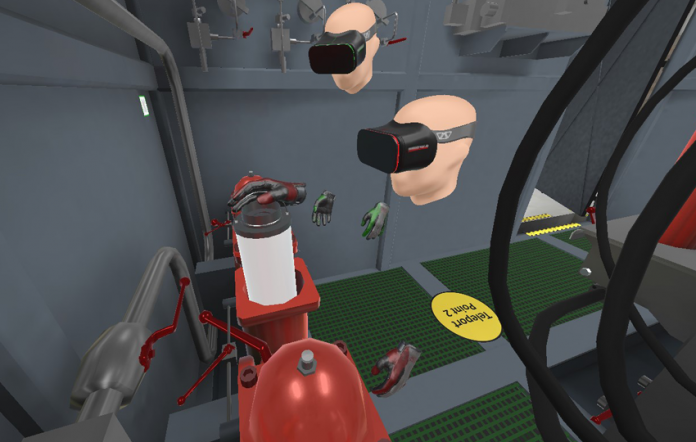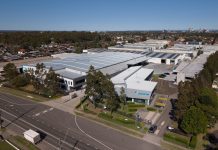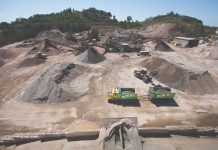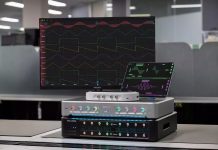
Media Release
A new research collaboration between HYDAC Australia, Deakin University and the Innovative Manufacturing CRC (IMCRC) will see immersive reality experts develop a virtual and augmented reality (VR/AR) training solution that will teach and guide maintenance staff and trainees in real time how to safely service and maintain important hydraulics systems and components.
HYDAC Australia, a global leader in hydraulics and automation control solutions, engaged Deakin Motion Lab last year to design and build a virtual training environment that would enable them to engage, educate and instruct trainees working with HYDAC products anywhere.
Building on Deakin University’s previous work, this 12-month IMCRC co-funded research project focuses on enhancing the features and functionality – 3D content generation, product visualisation and user interaction – of the current prototype to accelerate the commercialisation of HYDAC’s overall VR/AR training solution.
HYDAC Managing Director Mark Keen explains that the intention from the start has been to build a technology driven training solution. One that would enable HYDAC to offer consistent and highlevel product training and support a safe and scalable solution – across Australia and worldwide.
“By working together with the Deakin Motion Lab team, we will be able to realise our objective and address challenges we faced along the way because of the newness of the project.”
“As we explore and enhance the technology features and functions of the solution, the emphasis will be on how the information within the virtual training environment will support different users and how they will interact with it”, states Mr Keen.
“When we set out to build the VR system, we anticipated that much of the visual content would also be transposed into an AR environment to offer users a coherent learning experience. With the support of the IMCRC activate program, we will be able to bring the VR and AR elements together in one training solution. This will allow us not only to train trainees and maintenance staff using VR but also to support them live via AR in the field,” Mr Keen says.
Deakin Motion Lab Director Stefan Greuter says to achieve this, his research team will focus on the interaction design to enable hands-on interaction and a consistent and connected training experience for users of VR and AR devices.
“By providing customised training supported by VR and AR, HYDAC reduces the environmental impact of its training activities. By digitising the requirement for travel and equipment transport to customers and training centres, HYDAC makes hydraulics training more accessible to users,” Professor Greuter says.
Currently Deakin University is recruiting a dedicated programmer who is set to work at both HYDAC and Deakin Motion Lab as per the project’s goals and aspirations.
Dr Matthew Young, Manufacturing Innovation Manager, points out that due to COVID-19 innovative training and collaboration solutions are at the forefront of almost every Australian manufacturer, and that the virtual training environment that HYDAC is building goes beyond the classical remote learning scenario and could be applied to many industry sectors.
“There are many situations where technicians or application engineers do not have physical access to the products and components for training purposes. Remote training and collaboration solutions are crucial for Australia’s industry, especially when connecting manufacturers in urban locations with users at remote sites.”
“HYDAC’s VR/AR training solution examples and opens doors to many possibilities. It extends the service model for manufacturers with ongoing support and relationship development, no matter where the customer may be, i.e. whether in remote Australian locations or overseas”, Dr Young says.
HYDAC’s objective is to accelerate the commercialisation of the training solution.
“The end target is to fast-track commercialisation of solutions from basic VR training packages to complete site support, which will depend on customers who are early adopters in this area. Our feeling is that they will be defence-related because of the difficulty inherent in accessing many of the assets it once deployed and the sector’s requirements for high levels of technical support and verification of work practices”, says Mr Keen.


















